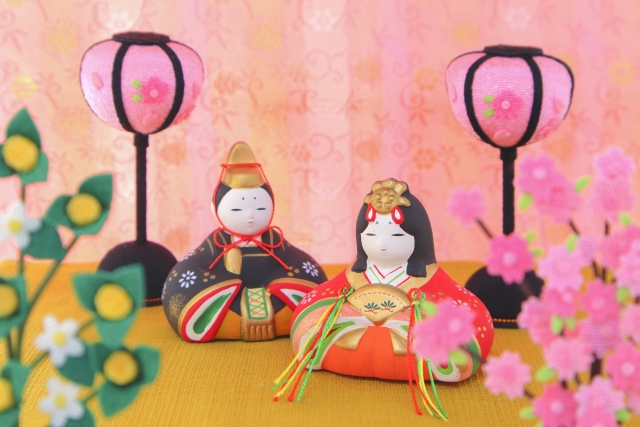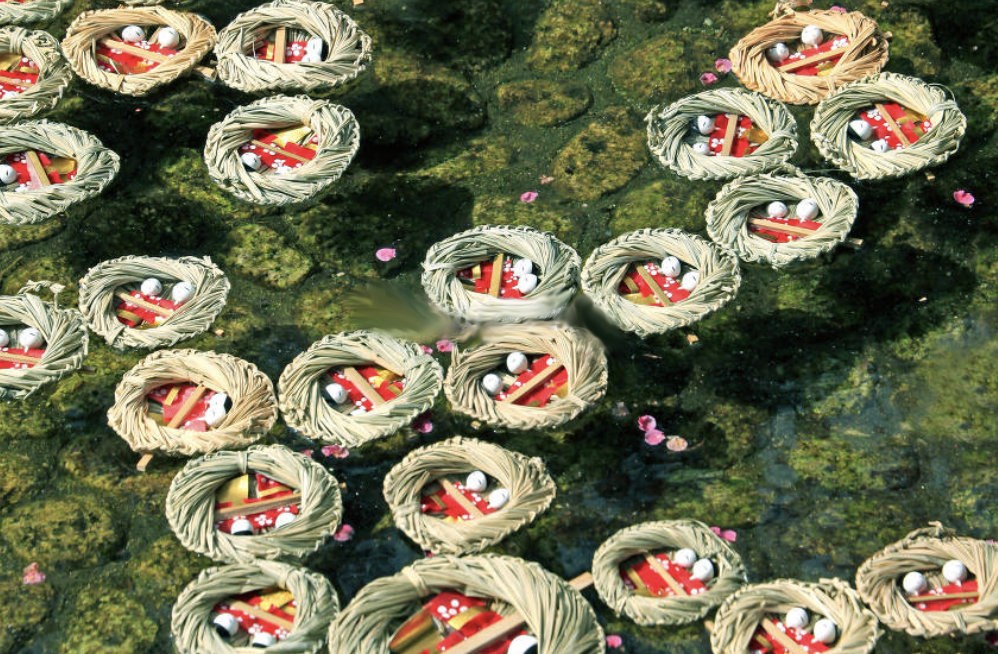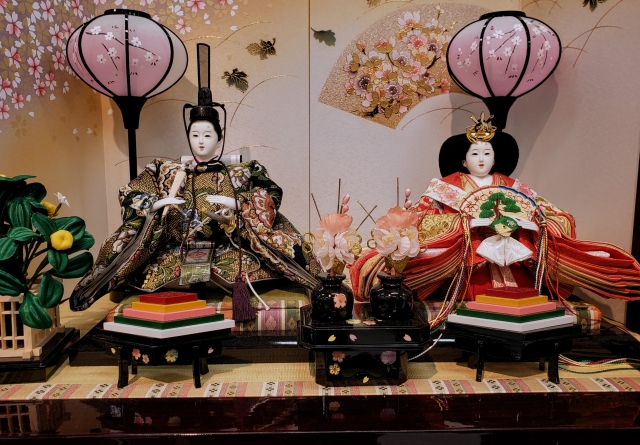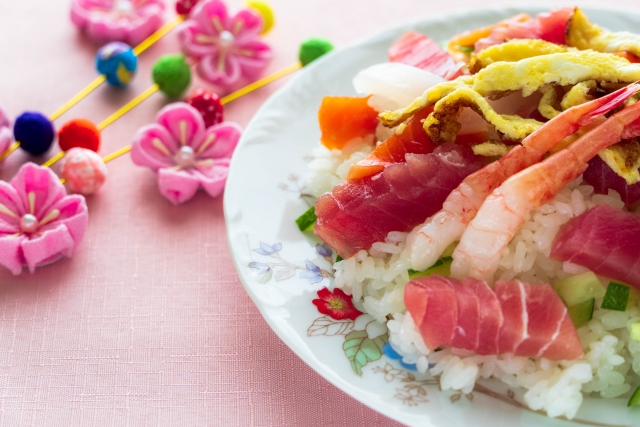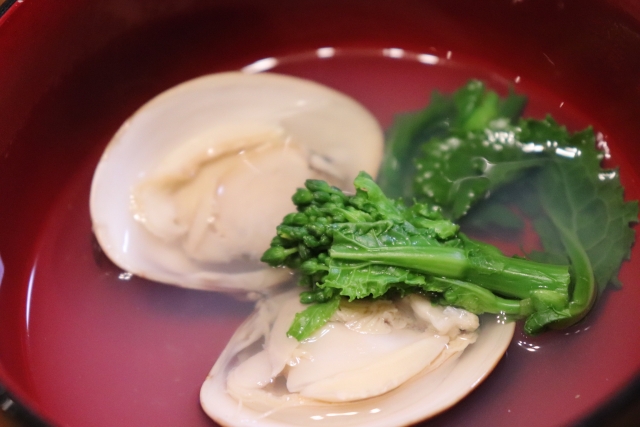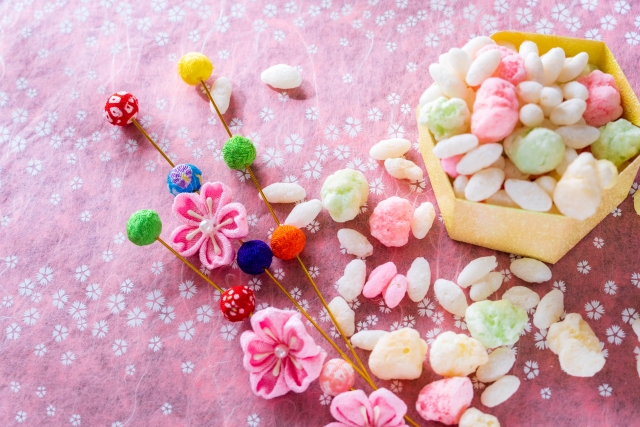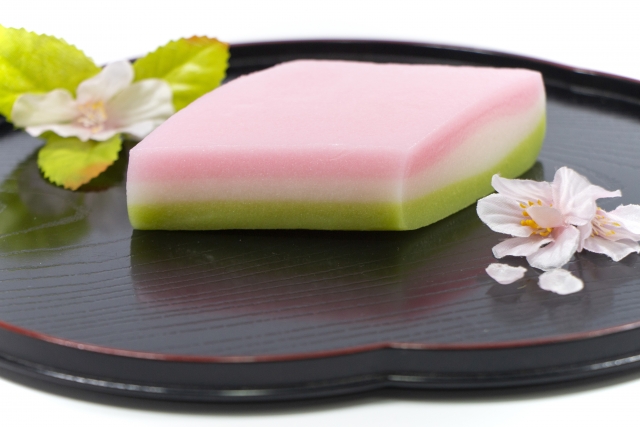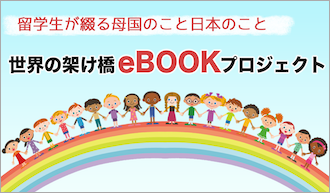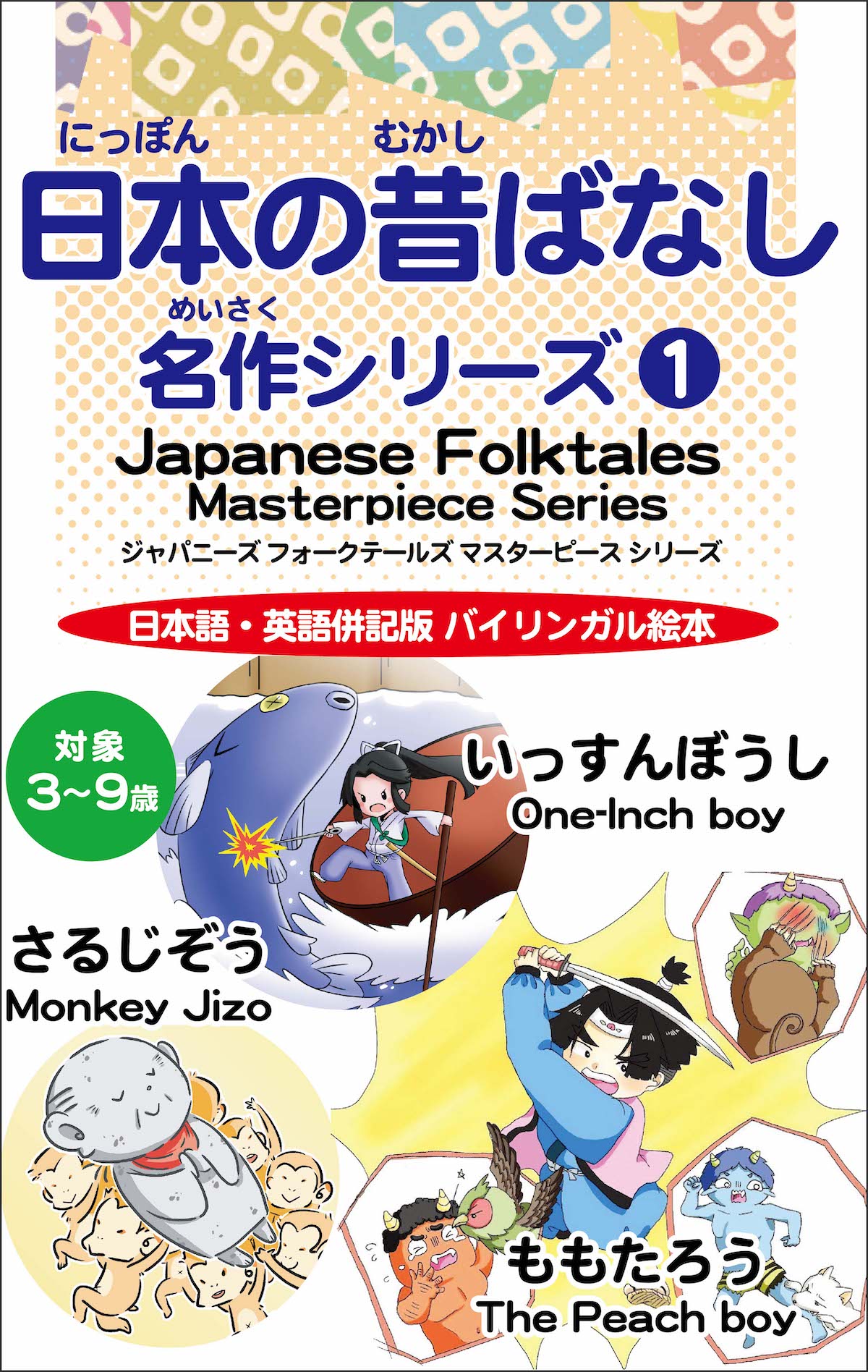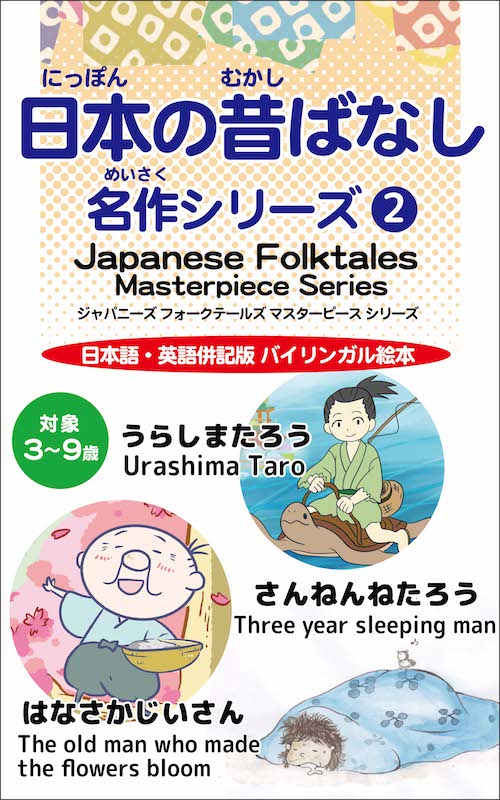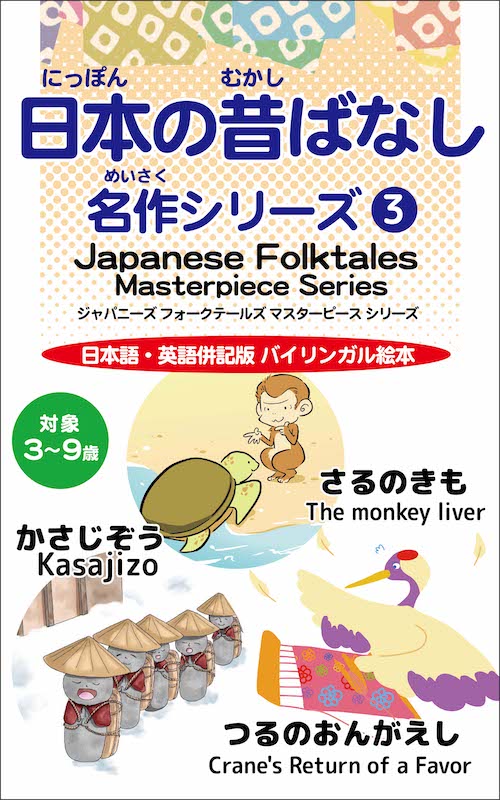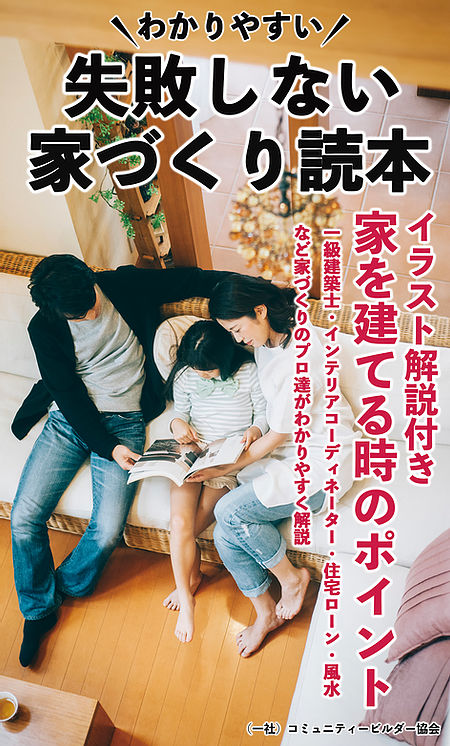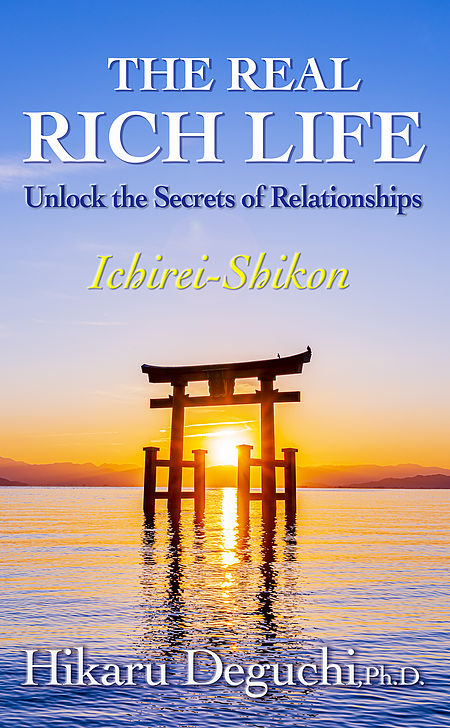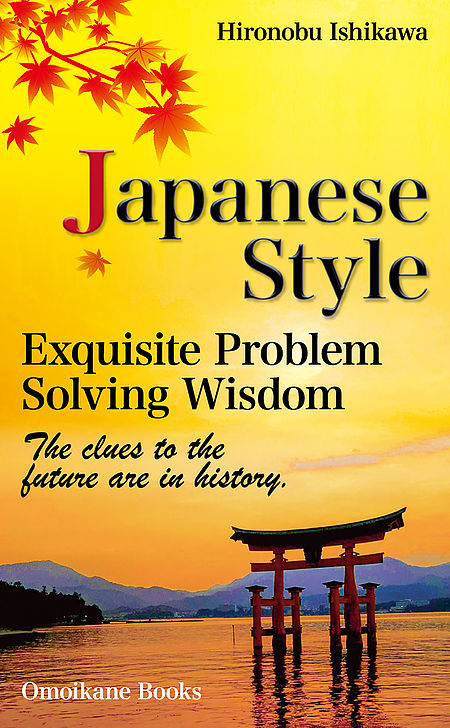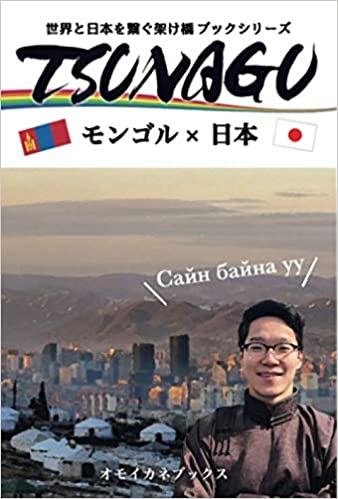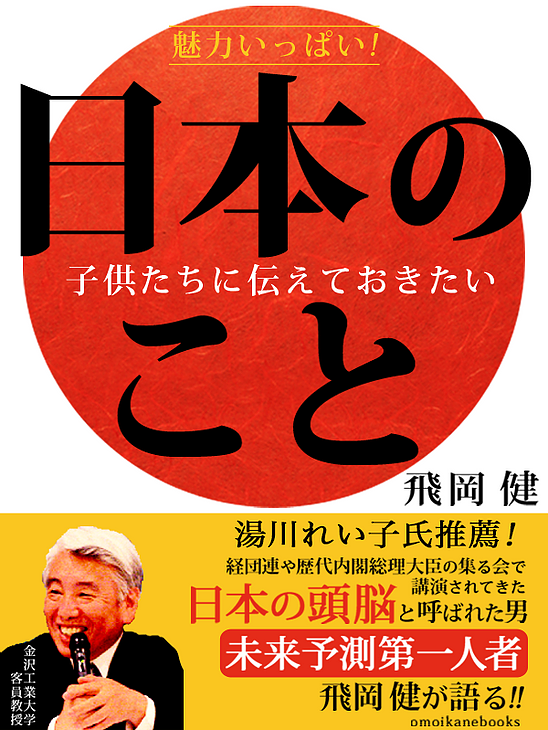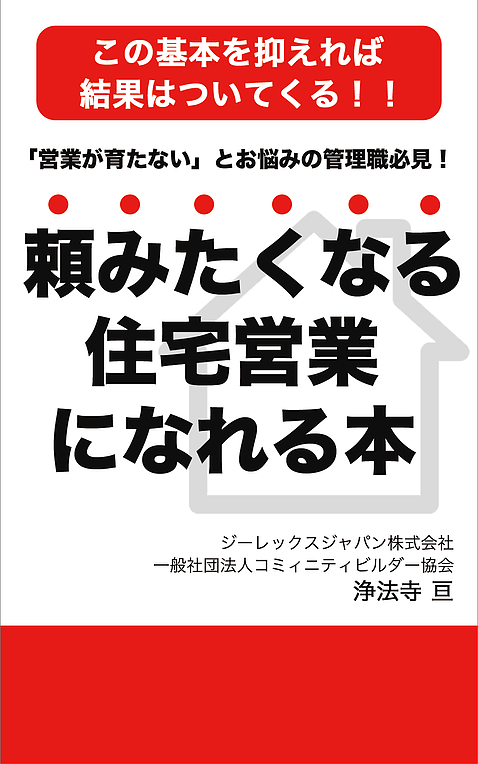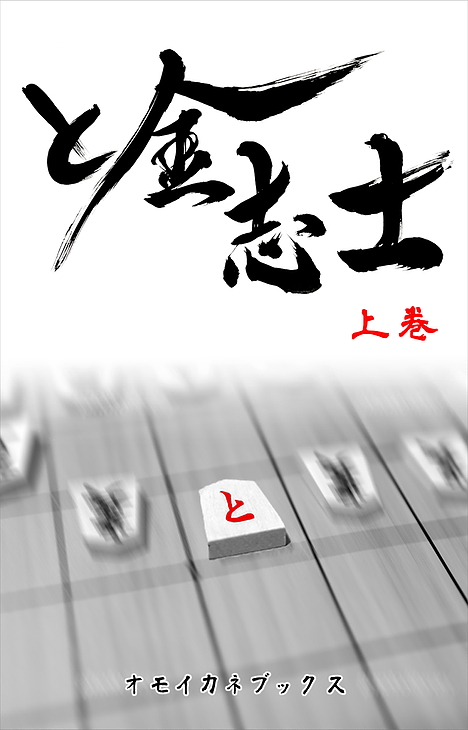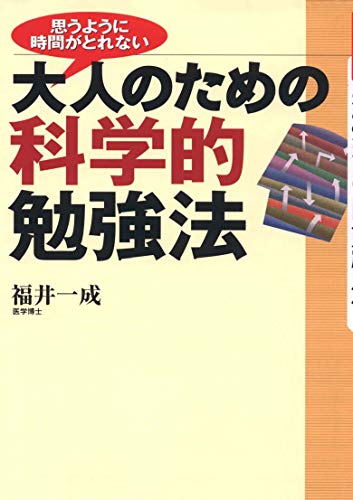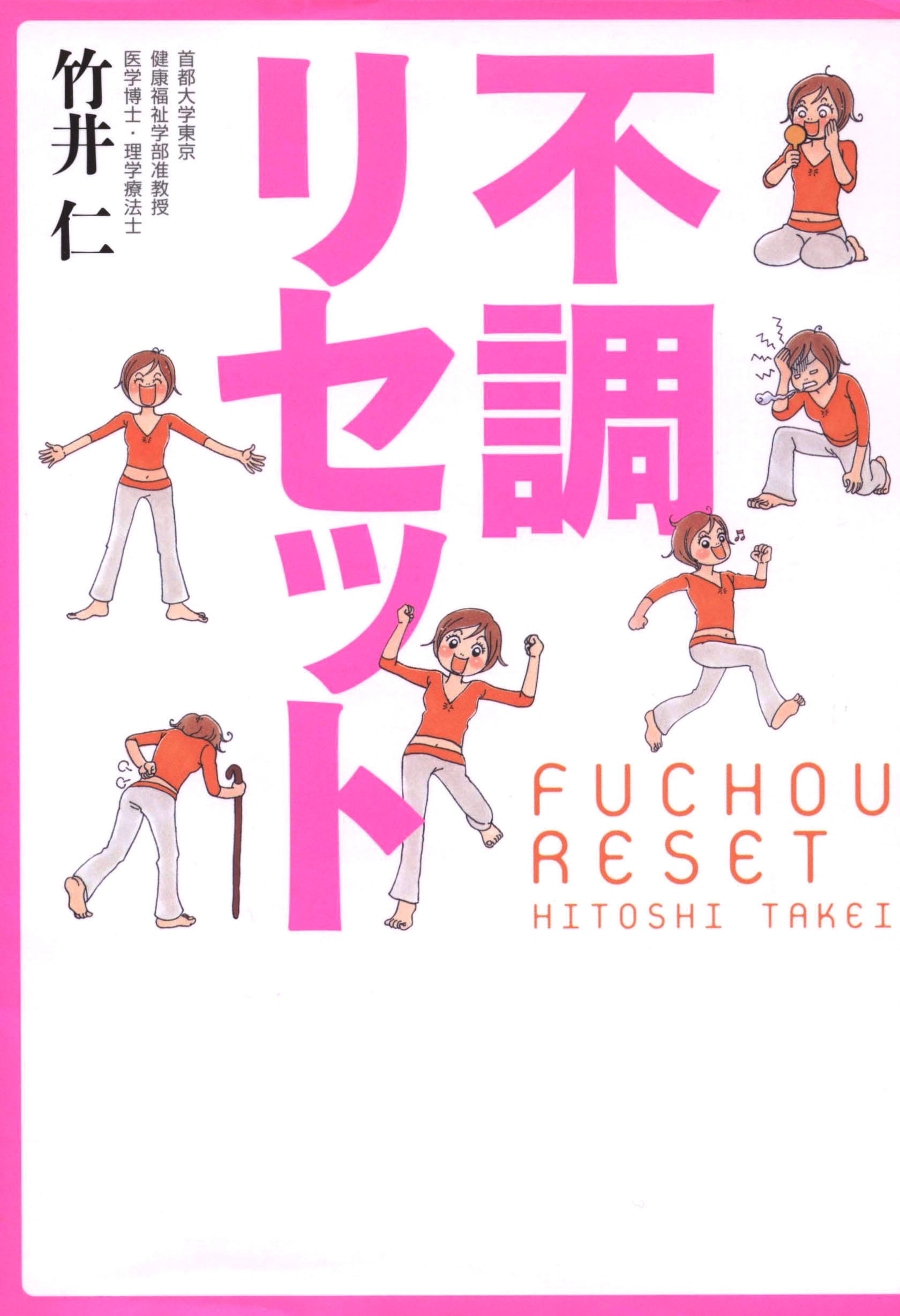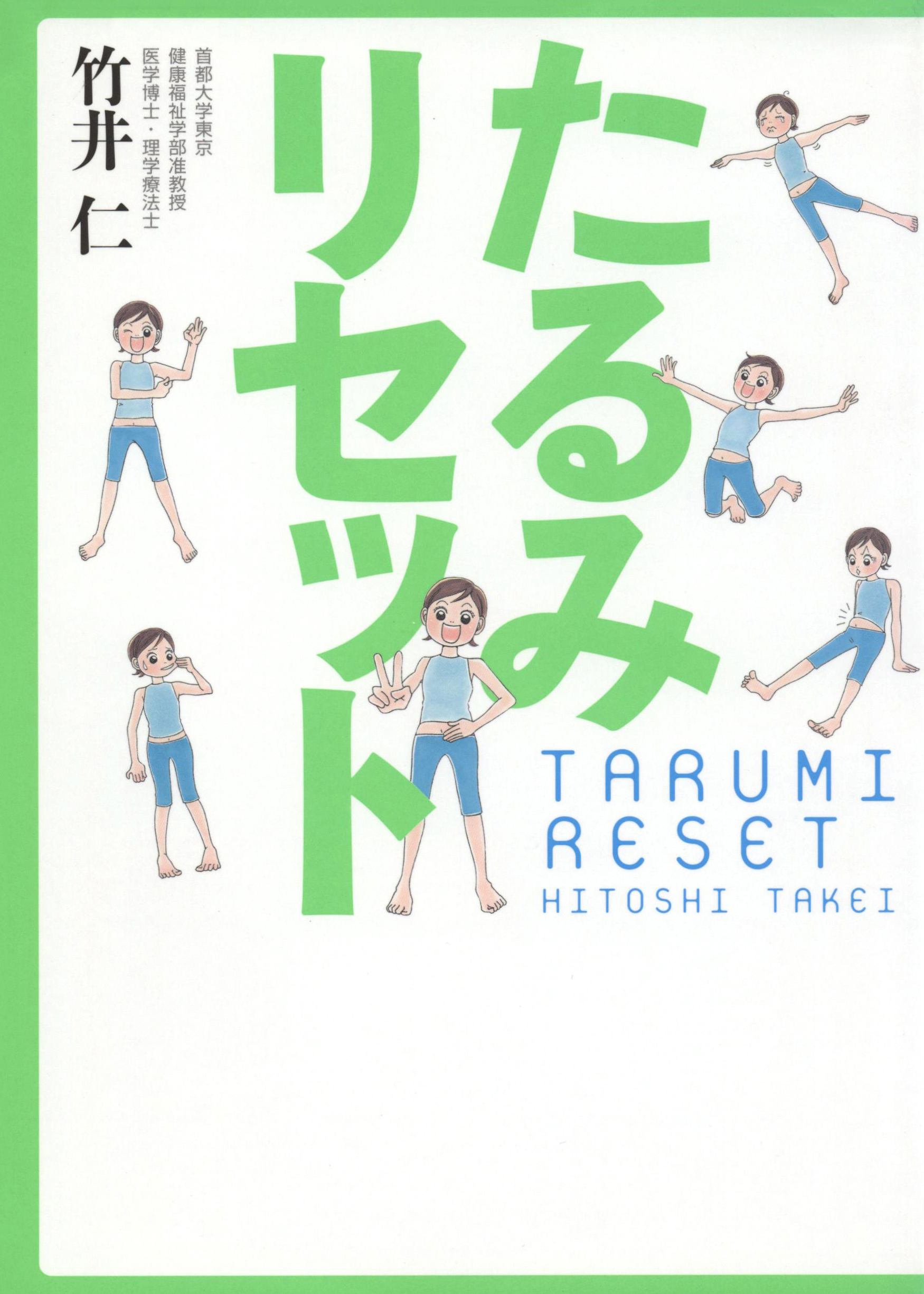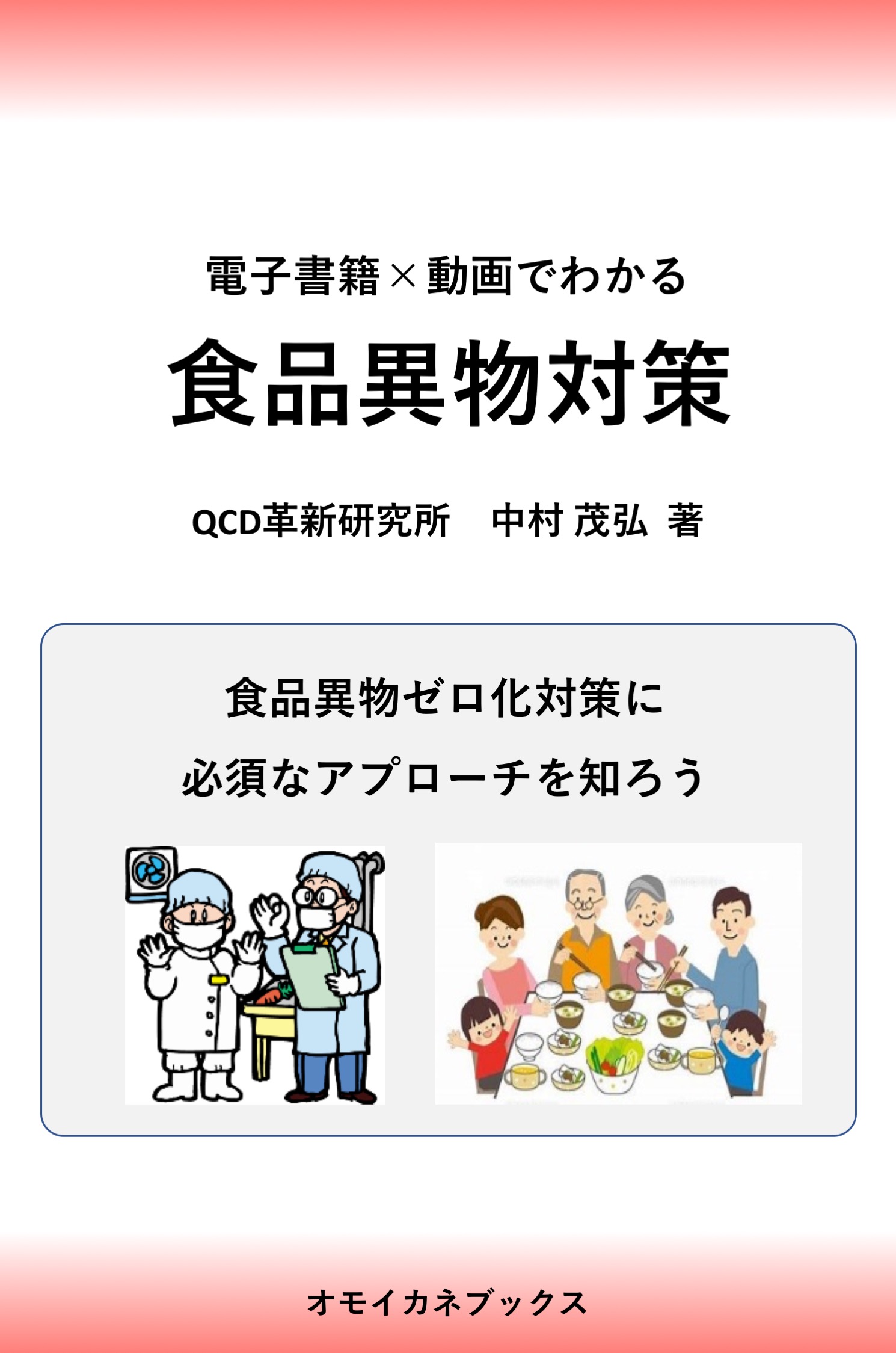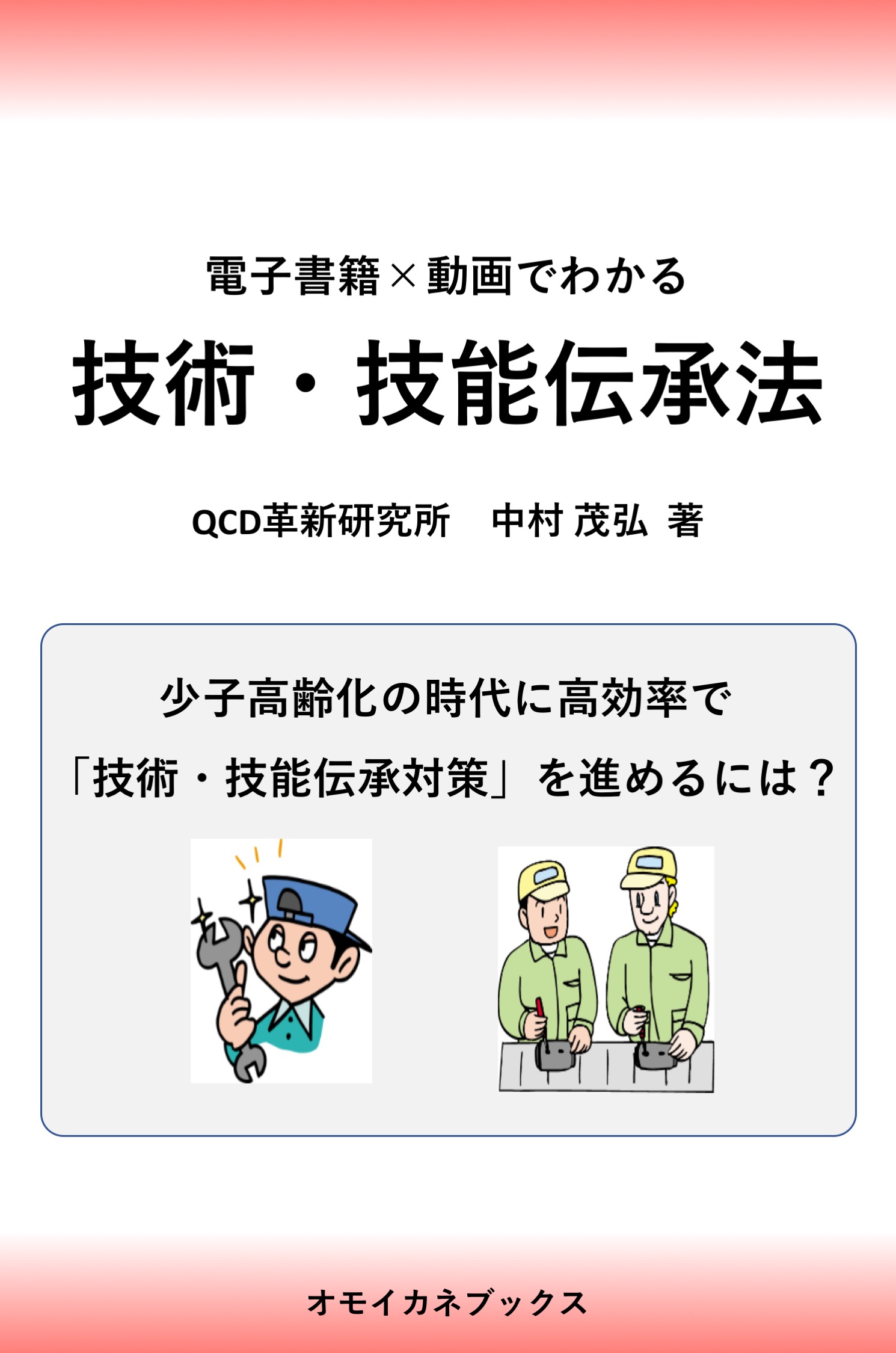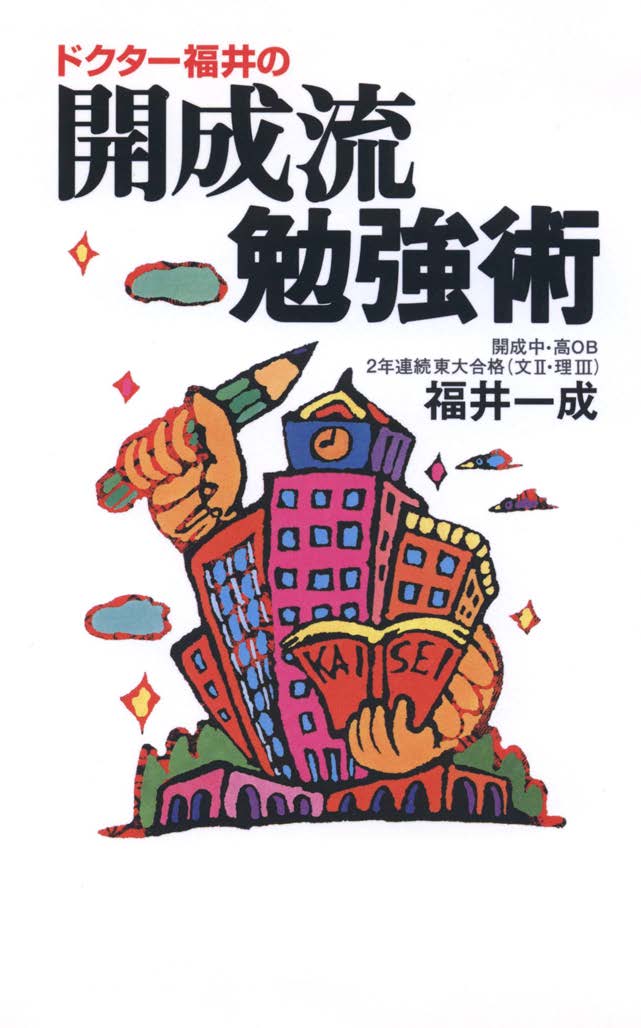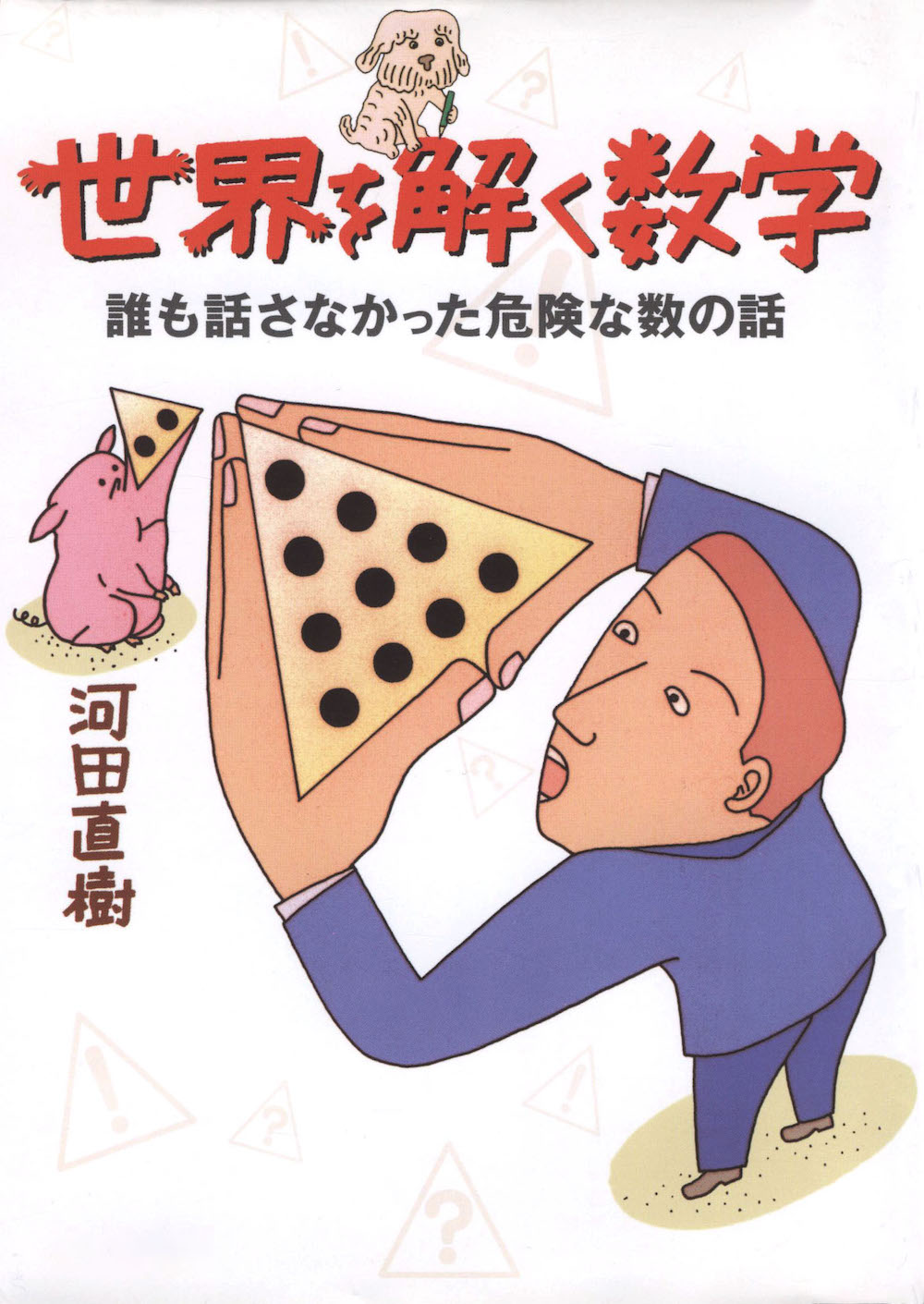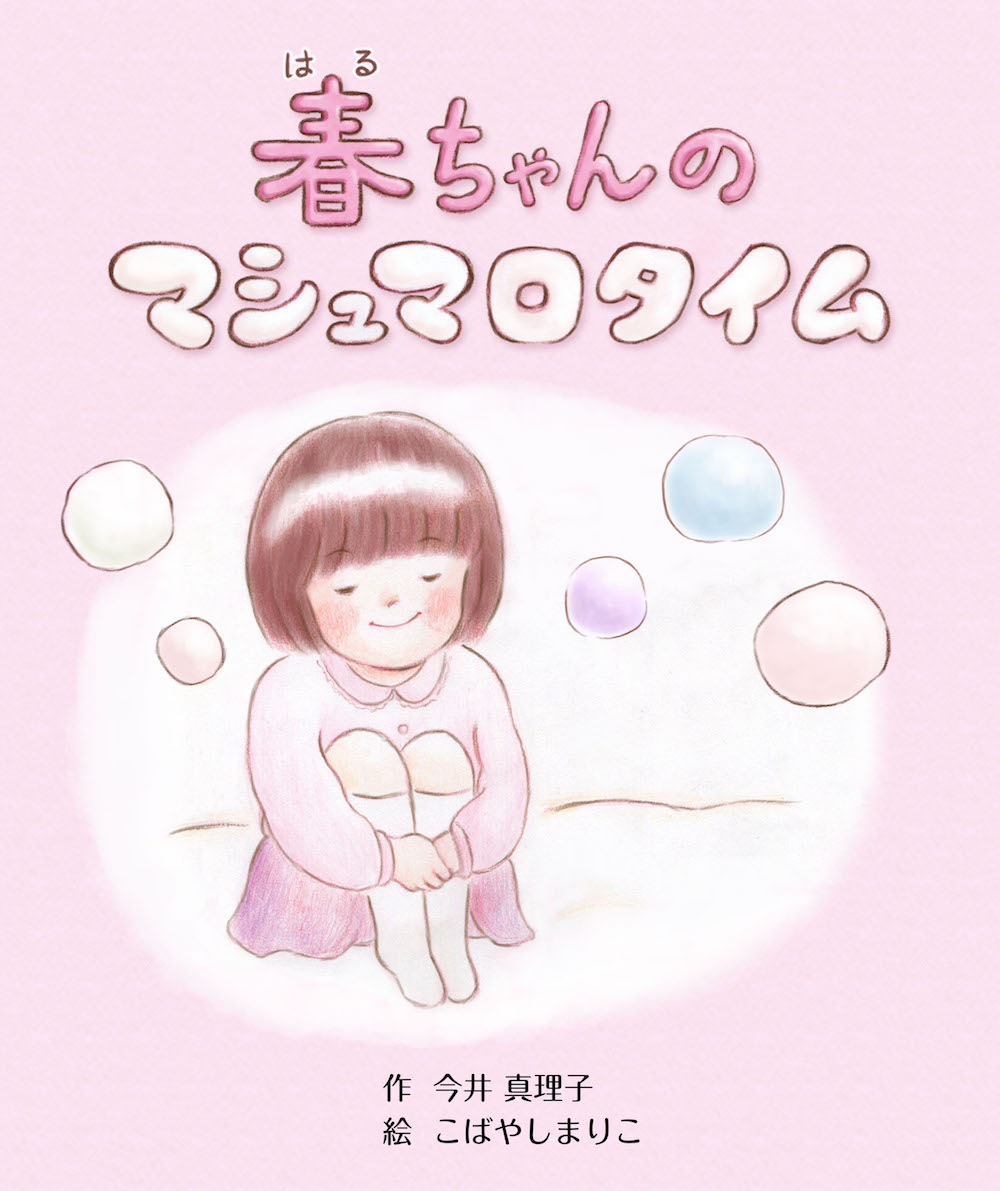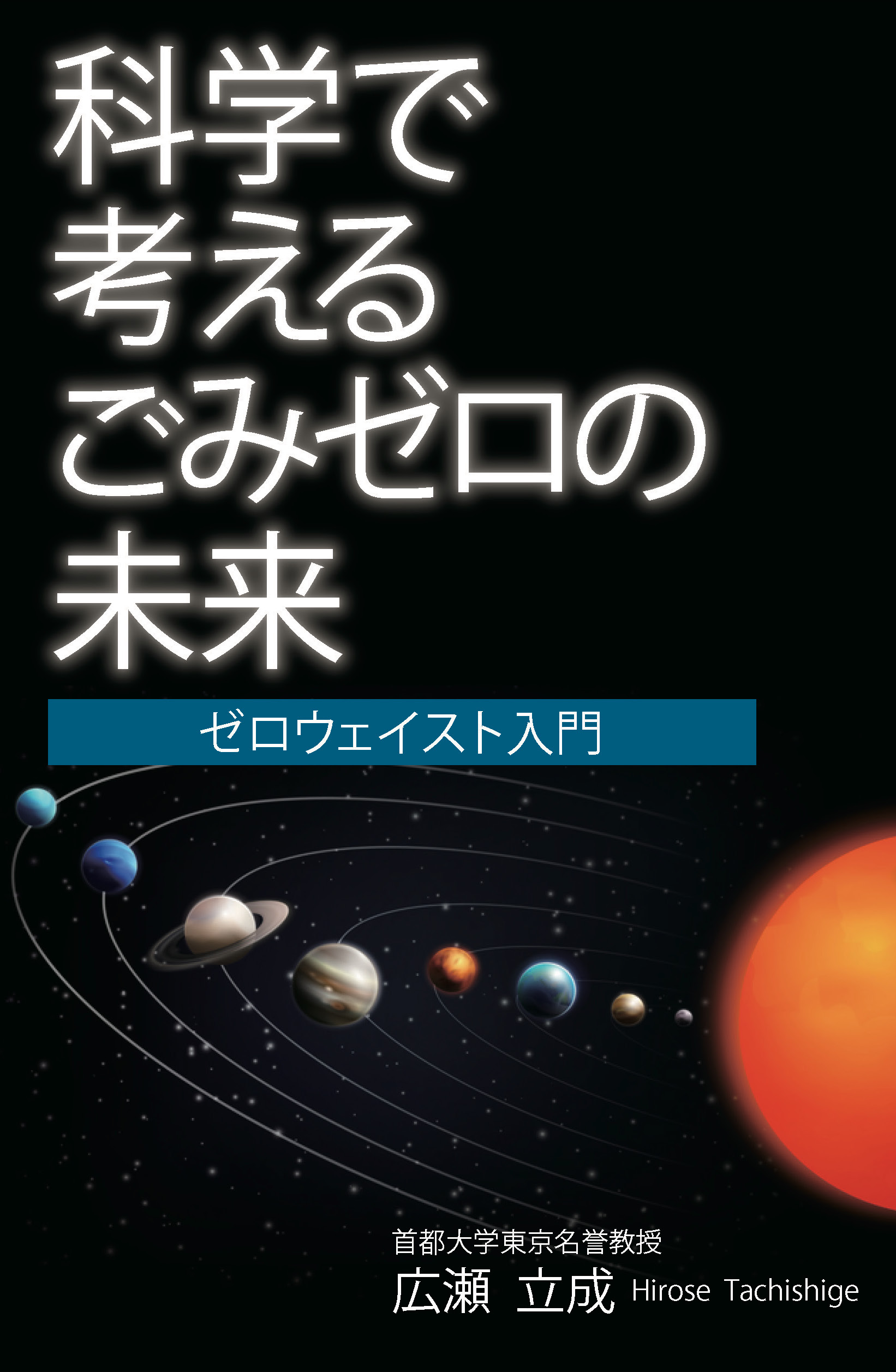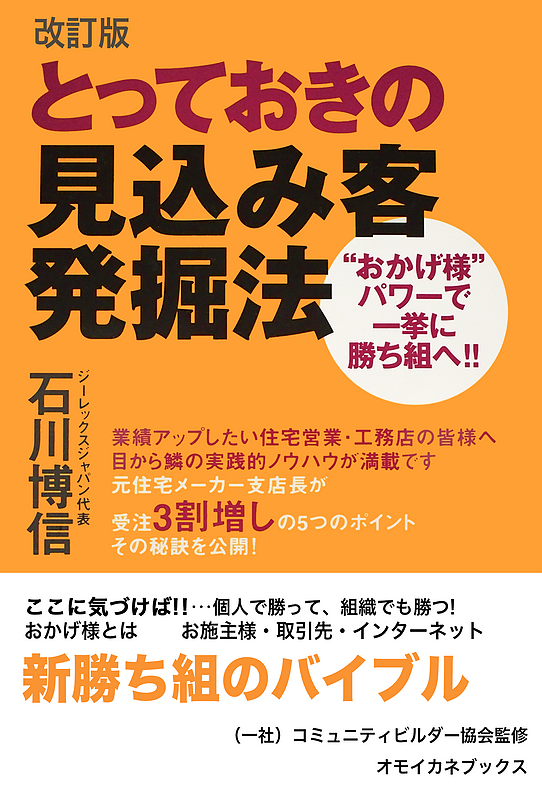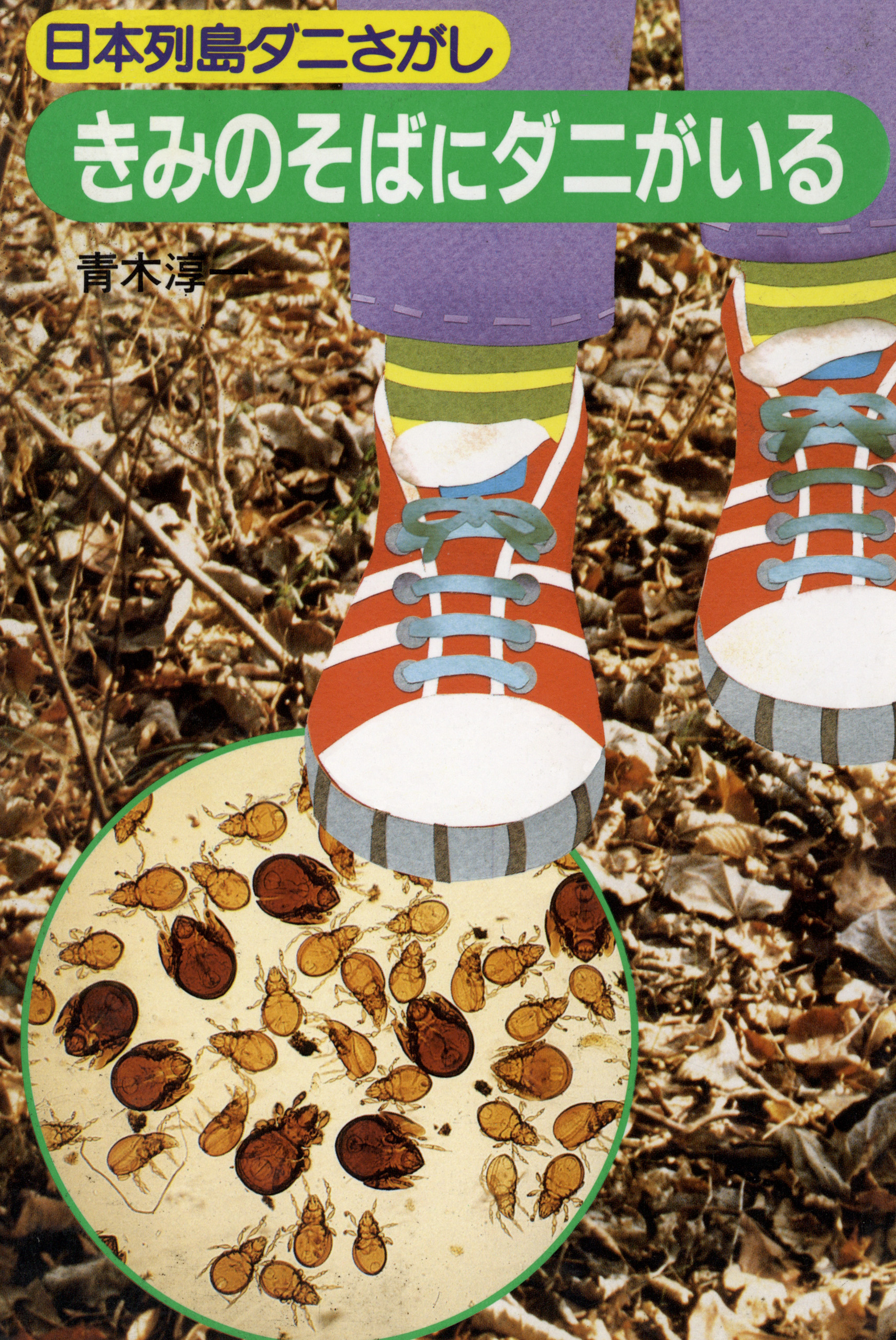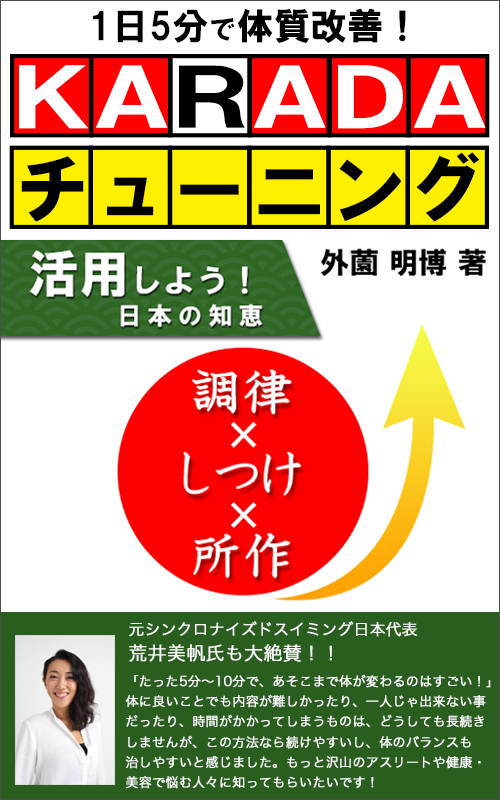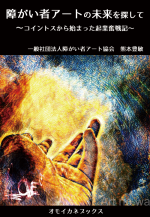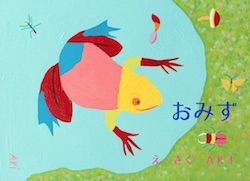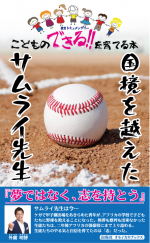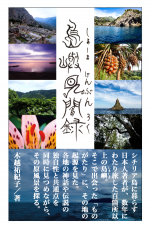現代文化のルーツを探る⑬ ひな祭り
公開日:
:
現代文化のルーツ
皆さんこんにちは。オモイカネブックスの岩瀬貴之です。
オモイカネブックスは、日本の文化や慣習を本を通して世界に発信する活動をしています。
今日、息子が保育園でひな祭りの工作をしてきました。そう、3月3日は桃の節句ですね。うちも娘がいるので、雛人形を出さなくてはいけないのですが、娘自身全然興味がない、、、。そんな子には、超美味しいひな祭りの料理を作って、興味を引いてやろうと思っています。
さて、このひな祭りですが、女の子がいる家庭では当然のように毎年お祝いしますよね?
でもいつからひな祭りって始まったのでしょう?そして、ひな祭りと言えば、ちらし寿司に蛤のお吸い物、そしてひなあられ。一体なぜこれらを食べるのでしょう?そのルーツを探ってみたいと思います。
ひな祭りの歴史は古く、その起源は平安時代中期にまで遡ります。
中国・秦の時代、上巳の日に、身を清めるために川に入り穢(けが)れを落とすという故事があり、平安時代に日本に伝わりました。
当時の人たちは、三月の初めの巳の日に、上巳(じょうし、じょうみ)の節句といって、無病息災を願う祓いの行事をしていました。陰陽師を呼んで天地の神に祈り、季節の食物を供え、また人形(ひとがた)に自分の災厄を托して海や川に流したりしていたんですね。その後、災いを川に流すという意味で、人形を川に流す「流し雛(びな)」へと変化しました。また、この頃上流階級の少女たちの間で“ひいな遊び”というものが行われていました。ひいなとは人形のことで、紙などで作った人形で遊ぶ今でいうところのままごと遊びです。これは紫式部の『源氏物語』や、清少納言の『枕草子』にもその記載が見られます。
上巳の節句が三月三日に定まったのは、室町時代と言われています。ただ、この頃から安土・桃山時代にかけては、ひな人形を飾って愛でる現在のひな祭りとはだいぶかけ離れた、祓いの行事のでした。上巳の節句が女性のお祭りとなるのは江戸時代からのです。
江戸初期の寛永6年(1629)に京都御所で盛大なひな祭りが催されました。江戸中期には、女性だけでなく女の赤ちゃん誕生を祝う初節句の風習も生まれて、ひな祭りはますます盛んになりました。この頃からひな人形やひな道具の種類が豊富になり、贅沢なものも作られるようになりました。それに伴い、幕府が華美なひな人形を禁じるお触れを出していたほどです。明治以降、新政府がそれまでの行事を廃止して新しい祝祭日を制定しました。これにより節句行事が衰退しますが、その後上巳、端午、七夕などの節句は復活を遂げ、現在でも民間行事として祝っています。
ひな祭りといえば、料理も楽しみの1つですね。
ちらし寿司や蛤のお吸い物など、ひな祭り独自の料理がありますね。でも、なぜこういった料理が食されるのでしょうか?その意味も見ていきましょう。
まずは「ちらし寿司」。
以前このブログでも書いたお寿司の起源とも言われている「なれ寿司」に、エビや菜の花を乗せて彩りを加えたのが由来と言われています。それが現代に受け継がれてる中で、より華やかで見栄えのするものに変化し、今の「ちらし寿司」になったと考えられます。
実はちらし寿司にのっている具材にも、それぞれに意味があるんですね。
・エビ=腰が曲がるまで長生きできるように
・レンコン=先が見通せるように
・豆=健康でマメに働く
お節料理も各食材にこういった意味がありましたね。見た目も華やかで、縁起の良い意味の食材を多く使っているちらし寿司は、ひな祭りに欠かせない料理になりました。
次に蛤の「お吸い物」。
これもちらし寿司と一緒で、ひな祭りに欠かせない料理の1つです。蛤は二枚貝の一種で、対の貝はぴったりと合っても、それ以外の貝が合うことは絶対にないのです。この蛤の特徴が仲の良い夫婦を表すものとされていて、一人の相手と永遠に仲良く過ごせるようにという願いが込められていると言われています。今やそういう時代ではないかもしれませんが、一人の人と添い遂げるという願いが込められているんですね。
そして定番の「ひなあられ」。
元々「雛の国見せ」という、貴族階級の娘達が雛人形を川辺や野原に持ち出し、春の景色を見せてあげるといった風習の際に食べるものとして生まれたものなんですね。ひなあられには娘の健康を祈願するという意味が込められています。ひなあられは四季を意味する「桃・緑・黄・白」の4色で構成されていて、「一年を通して娘の幸せを祈る」という意味もあるんです。
最後に「菱餅」。
緑、白、ピンクの3色の餅を菱形に切って重ねた菱餅を見たことがありますか?ひな祭り以外だとほぼ目にすることはないですよね?この配色にはこんな意味があります。
・白:子孫繁栄、長寿、純潔を願う。血圧を下げるひしの実が入っている。
・緑:健やかな成長を願う。強い香りで厄除け効果があるよもぎの餅。
・ピンク:魔よけの色。赤いクチナシの実には、解毒作用がある
菱餅は、ひな祭りの起源とされている上巳の節句と共に中国から伝わった風習で、元々は母子草という草餅でした。これが「母子をついて餅にする」と嫌われるようになり、日本では蓬を使うようになったといわれています。
いかがでしたでしょう?ひな祭りとその料理に関するルーツを探ってみました。
平安時代から続く素晴らしい日本の風習であるひな祭り。ぜひお子さんの健康と幸せを願いながら、皆さんでお祝いして下さいね。
【English】
Hello everyone. This is Takayuki Iwase from Omoikane Books.
Omoikane Books is an organization that promotes Japanese culture and customs to the world through books.
Today, my son made a Hina Matsuri craft at his preschool. Yes, March 3rd is the Peach Festival. We have a daughter too, so we have to bring out the dolls, but she herself is not interested in them at all, you know? I’m thinking of making some super tasty Hinamatsuri dishes for her to get her interested.
Well, this Hinamatsuri is celebrated every year in families with girls, isn’t it?
But when did the Hina Matsuri start? And when it comes to Hina Matsuri, there is Chirashi Sushi, Clam Soup, and Hina Arare. Why do we eat these things? I would like to explore the roots of this festival.
HinaMatsuri has a long history, dating back to the mid-Heian period.
During the Qin Dynasty in China, there was a legend that on the day of the Snake, people would go into a river to purify themselves and remove their impurities, which was introduced to Japan during the Heian Period.
In those days, people held a purification event on the first day of March, the Snake Day, to pray for good health. They would call in Yin-Yang masters to pray to the gods of heaven and earth, offer seasonal food, and wash away their misfortunes in the sea or river by placing them on dolls. Later, it was changed to “Nagashi-bina,” in which dolls were floated down the river in order to wash away misfortunes. At that time, there was also a game called “Hiina-game” among the upper class girls. Hiina means doll, and it is a kind of make-believe game played with dolls made of paper and other materials. It is also mentioned in “The Tale of Genji” by Murasaki Shikibu and “The Pillow Book” by Sei Shonagon.
It is said that it was in the Muromachi period (1336-1573) that the festival of the snake was fixed on the third day of the third month. However, from that time to the Azuchi-Momoyama period, it was an event of purification, which is far different from the current Hinamatsuri where people decorate dolls and love them. It was not until the Edo period (1603-1868) that Jami-no-Sekku became a festival for women.
In the early Edo period (1629), a grand Hinamatsuri was held at the Kyoto Imperial Palace. In the middle of the Edo period, the custom of Hatsusekku, which celebrates the birth of a baby girl as well as a woman, was born, and the Hinamatsuri became more and more popular. Around this time, the variety of hina dolls and hina utensils began to increase, and even extravagant ones were made. The shogunate even issued an edict forbidding the use of ornate hina dolls. After the Meiji era (1868-1912), the new government abolished the previous events and established new national holidays. The new government abolished the previous festivities and established a new national holiday, which led to the decline of Sekku events, but later the Jomi, Tango, and Tanabata festivals were revived and are still celebrated as folk events.
One of the most enjoyable aspects of Hinamatsuri is the food.
There are dishes unique to Hinamatsuri, such as chirashi-zushi and clam soup. But why are these dishes eaten? Let’s take a look at their meanings.
First, there is Chirashi Sushi.
It is said to have originated from Narezushi, which is said to be the origin of sushi as I have written about in this blog before, with shrimps and rape blossoms added to add color. It is thought that this was passed down to the present day, and that it was transformed into the more colorful and attractive chirashi-zushi we know today.
In fact, each of the ingredients on Chirashi Sushi has its own meaning.
Shrimp = To live long until your back is bent.
Lentil = To be able to see the future.
Beans = to be healthy and work hard
Each of the ingredients in Oseki cuisine has its own meaning. Chirashi-sushi, which is gorgeous to look at and uses many ingredients with auspicious meanings, has become an indispensable dish for Hinamatsuri.
Next is clam “osuimono” (soup).
This, along with chirashi-zushi, is also one of the essential dishes for the Girls’ Festival. Clams are a type of bivalve shellfish, and although a pair of clams may match perfectly, the other clams will never match. It is said that this characteristic of the clam represents a close married couple, and the wish is to be able to stay close to one partner forever. This may not be the case nowadays, but it is a wish to stay together with one person.
Then there is the standard “Hina Arare”.
Hina-arare was originally created to be eaten during the “Hina-no-kuni-show”, a custom where the daughters of the aristocracy take their Hina dolls out to the riverside or fields to show them the scenery of spring. Hina-arare has the meaning of praying for the health of daughters. Hina-arare is made up of four colors, peach, green, yellow, and white, meaning the four seasons, and it also has the meaning of praying for a daughter’s happiness throughout the year.
Finally, there is the “Hishimochi.
Have you ever seen Hishimochi, which is made up of green, white and pink rice cakes cut into diamond shapes and stacked on top of each other? Except for the Girls’ Festival, you almost never see them, right? This color scheme has the following meanings.
White: For prosperity, longevity, and purity. White: For prosperity, longevity and purity.
Green: To wish for healthy growth. Mugwort rice cake has a strong scent to ward off bad luck.
Pink: The color to ward off evil. The red gardenia fruit has a detoxifying effect.
Hishi-mochi (water chestnuts) is a custom that was introduced from China along with the Jimi-no-Sekku Festival, which is considered to be the origin of the Girls’ Festival. Originally, it was a grass cake called “mother and child grass”, which was disliked as “making a rice cake with a mother and child”, and in Japan, it is said that mugwort was used.
What do you think? We have explored the roots of Hinamatsuri and its cuisine.
Hinamatsuri has been a wonderful Japanese custom since the Heian period. Please celebrate it with everyone, wishing for the health and happiness of your children.
translatedWithDeepL.text
関連記事
-
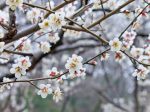
-
現代文化のルーツを探る⑮ 花見
2021/02/27 |
【English after Japanese】 皆さんこんにちは。オモイカネブックスの岩瀬で...
-
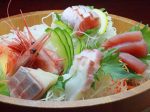
-
現代文化のルーツを探る⑭ 刺身
2021/02/24 |
【English after Japanese】 皆さんこんにちは。 オモイカネブックス...
-
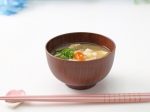
-
現代文化のルーツを探る⑰ 味噌汁
2021/03/05 |
皆さんこんにちは。オモイカネブックスの岩瀬です。 オモイカネブックスは、日本文化や日本精神、日本の...
-

-
月に願いを 十五夜のルーツ
2022/09/09 |
朝晩涼しくなってきましたね。夜明けに聞こえる虫の鳴き声も、セミからコオロギやマツムシに代わってきてい...
- PREV
- 現代文化のルーツを探る⑫ 懐石料理
- NEXT
- 現代文化のルーツを探る⑭ 刺身
